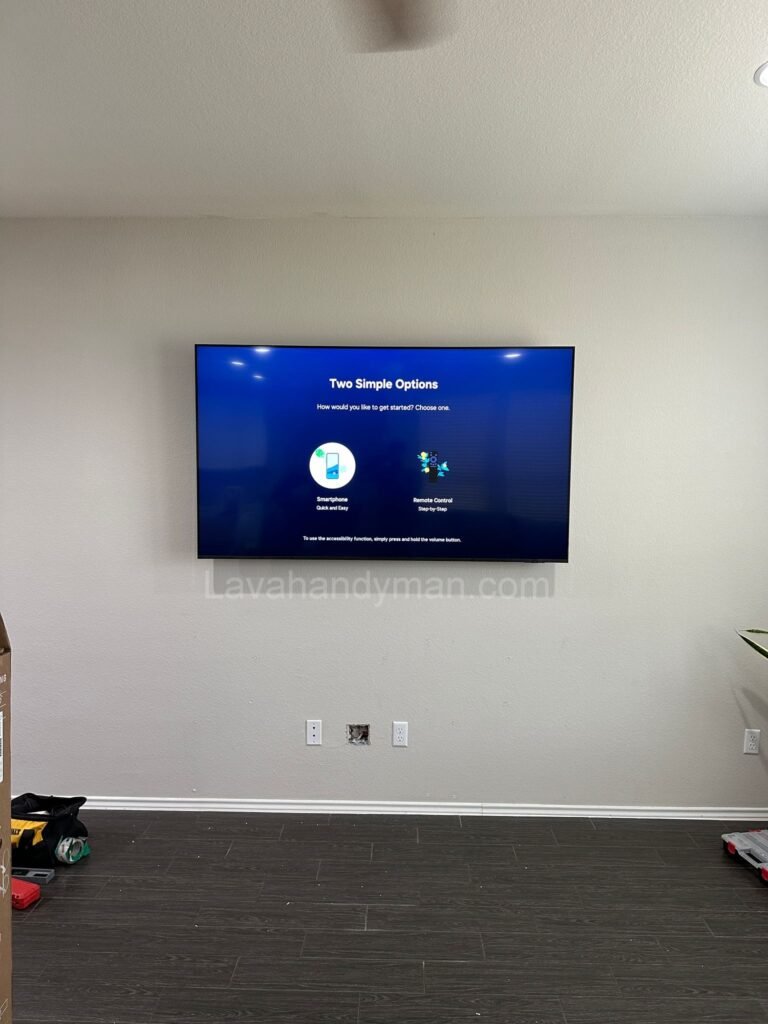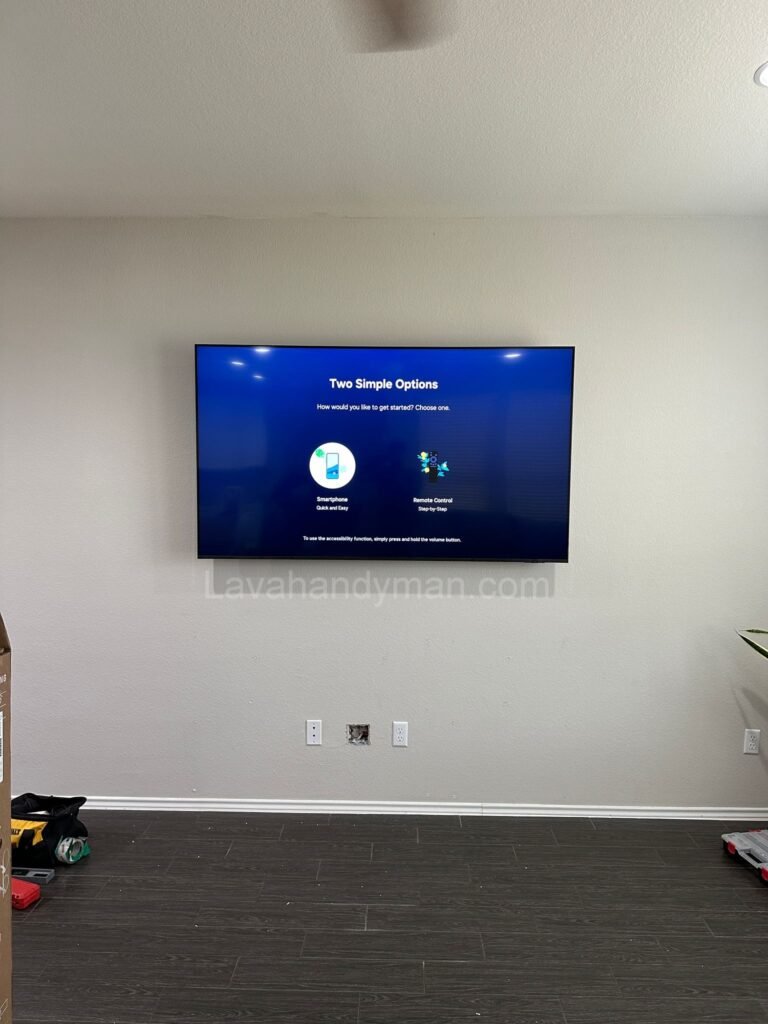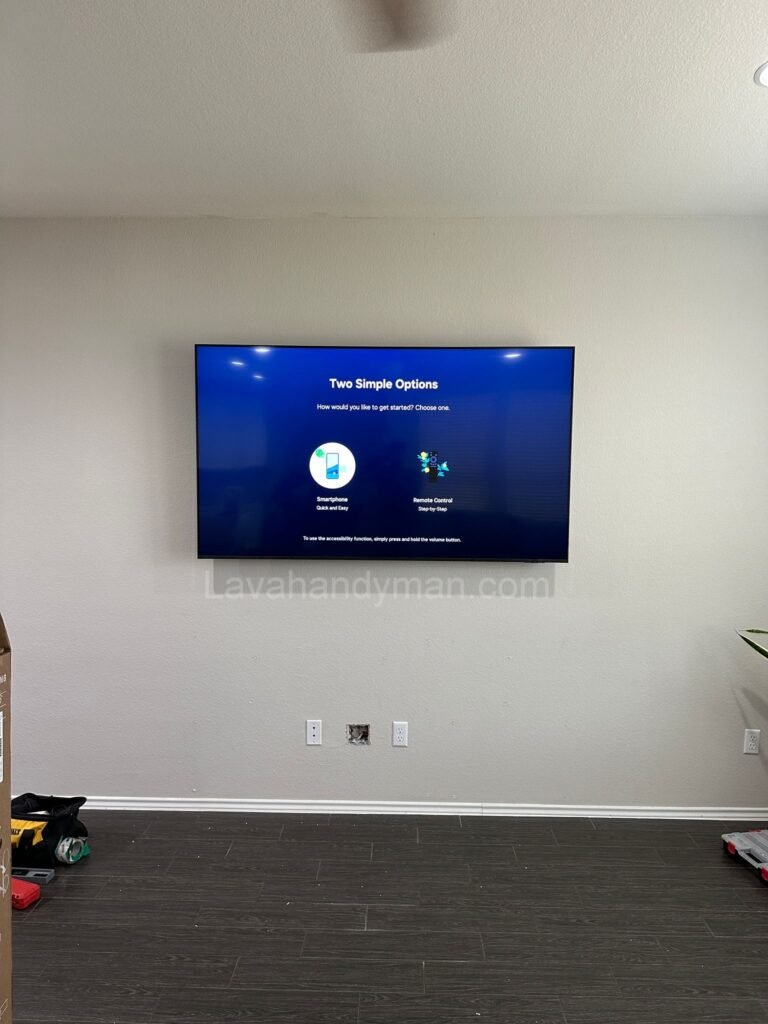Mechanical Design of Movable Wall-Mounted TV System
Introduction
The mechanical design of a movable wall-mounted TV system is one of the significant innovations in interior decoration and smart technologies. These systems are designed to optimize home and office space, enhance decor aesthetics, and improve user convenience. In this article, we comprehensively review the mechanical design of movable wall-mounted TV systems, their key components, advantages, disadvantages, and important technical considerations.
Importance of Mechanical Design for Movable Wall-Mounted TV Systems in Interior Decoration
A movable wall-mounted TV system with professional mechanical design allows easy installation and smooth movement of the TV on the wall. These systems are recognized as smart solutions for maintaining useful space and enhancing the beauty of modern homes and offices.
Mechanical Design of Movable Wall-Mounted TV System
Mechanical Design Principles of Movable Wall-Mounted TV Systems
When designing the mechanical system for a movable wall-mounted TV, several key factors must be considered:
1. Load Bearing and Weight Capacity
TVs come in various weights, and the mechanical system must safely support them without causing vibration or damage. Using durable materials like aluminum and stainless steel for the supporting frame is recommended.

2. Movement Mechanism of the Movable Wall-Mounted TV System
Different mechanisms exist for enabling the movement of the wall-mounted TV system, such as sliding rails, articulated arms, and lift systems operating vertically or horizontally. Selecting the right mechanism depends on installation space and user needs.
3. Safety and Stability in Mechanical Design of Wall-Mounted TV
Stability during movement and when the TV is positioned is crucial. Mechanical or electromechanical locks are used in the design to increase safety and prevent accidental TV falls.
Mechanical Design of Movable Wall-Mounted TV System
Key Components of Movable Wall-Mounted TV Systems
TV Support Frame
A robust frame responsible for bearing the TV’s weight and transferring it to the wall must be made from high-quality materials and precisely designed.
Movement Mechanism
Sliding rails, articulated arms, and lift systems are important parts enabling smooth and precise TV movement.
Locking and Safety Systems
Manual or automatic locks along with emergency stop sensors ensure user and device safety.
Electronic Control of the Movable Wall-Mounted TV System
Most modern systems come equipped with remote controls or automatic sensors that precisely and conveniently manage TV movement.
Mechanical Design of Movable Wall-Mounted TV System
Advantages of Using Movable Wall-Mounted TV Systems
- Space Saving: Movable wall-mounted TV systems allow the TV to be hidden when not in use, freeing wall space.
- Enhanced Aesthetics: Professional mechanical design adds a modern and elegant look to interior decoration.
- Flexibility and Easy Adjustment: Enables angle and height adjustment for a better viewing experience.
- Increased Safety: Reduces the risk of TV and user damage thanks to secure installation and reliable locks.
Disadvantages and Challenges in Mechanical Design of Movable Wall-Mounted TV Systems
- Relatively high cost for design and installation of movable mechanical systems
- Regular maintenance is required to prevent mechanism failures
- More complexity compared to fixed TV mounts, requiring specialized repair skills
Mechanical Design of Movable Wall-Mounted TV System
Important Tips in Mechanical Design and Installation of Movable Wall-Mounted TV Systems
- Precise load calculations and selection of strong yet lightweight materials for frames and mechanisms
- Designing smooth, vibration-free movement using appropriate bearings and rails
- Installing electromechanical safety systems to prevent sudden drops or movements
- Ensuring easy access for maintenance and periodic servicing
TV Support Frame in Movable Wall-Mounted TV Systems: Importance, Design, and Material Selection
1. Importance of the TV Support Frame in Movable Wall-Mounted Systems
The support frame is the core and fundamental part of the mechanical system for a movable wall-mounted TV. This frame acts as the main structure holding the TV and is responsible for transferring the weight and forces applied to the wall or mounting structure. If the support frame is not properly designed and manufactured, the entire system may suffer from problems such as sagging, vibration, mechanism failure, or even the risk of the TV falling.
2. Design Principles of the Support Frame
- Load Bearing and Strength: The frame must be capable of safely supporting the weight of the TV along with the dynamic forces caused by movement (sliding, vibration, sudden shocks). The design should include a high safety factor.
- Compatibility with TV Dimensions: The frame size must precisely match the back of the TV and allow the installation of standard VESA mounting holes or brackets.
- Lightweight Yet Strong: Using lightweight materials such as aluminum to reduce the overall system weight without compromising structural strength is very important, especially in models that need to be movable.
- Corrosion Resistance: To ensure longer durability, especially in humid environments or near windows, the frame should be made from corrosion-resistant materials or coated with anti-rust finishes.
- Ease of Installation and Adjustment: The design must allow quick installation and precise adjustment of the TV position.
Mechanical Design of Movable Wall-Mounted TV System
3. Material Selection for the Support Frame
- Aluminum: Due to its low weight, adequate strength, and ease of machining, aluminum is one of the best options. Its natural corrosion resistance also increases the frame’s lifespan.
- Stainless Steel: For very heavy loads and high durability, stainless steel is a suitable option, although it is heavier than aluminum.
- Lightweight Engineered Metal Composites: Some specialized composite materials or metal alloys can also be used for specific applications.
4. Frame Design: Common Types and Shapes
- Rectangular or Box Frame: The most common type, shaped as a rectangular frame that holds the TV and connects to rails or mechanical arms.
- Arm Frame: In some systems, the frame is designed as an arm connected to articulated joints, enabling rotation and angle adjustment.
- Telescopic Frame: For lift systems, the frame must be designed to telescope in and out while securely holding the TV’s weight.

5. Key Points in Manufacturing and Installing the Support Frame
Easy Replacement or Adjustment: The frame should be designed so that users or technicians can easily detach or adjust it for repairs or replacement.
Compliance with VESA Standards: This standard specifies the position and size of mounting holes on the back of the TV; the frame must be compatible.
Reinforcement of Connection Points: Areas where the frame connects to the wall or movement mechanism should be reinforced and use high-quality, appropriately sized bolts.
Movement Mechanism of Movable Wall-Mounted TV Systems: Types, Operating Principles, and Design Considerations
1. Importance of the Movement Mechanism in Movable Wall-Mounted TV Systems
The movement mechanism is a critical part of a movable wall-mounted TV system that enables the TV to be repositioned, adjusted for optimal viewing angle, and moved smoothly. Proper design of this mechanism ensures smooth, vibration-free, and stable movement, making it easy and convenient for users to control.
Mechanical Design of Movable Wall-Mounted TV System
2. Types of Movement Mechanisms in Movable Wall-Mounted TV Systems
2.1. Sliding Rails
Sliding rails are one of the simplest and most common mechanisms that allow horizontal movement of the TV on the wall. These rails are usually made of steel or aluminum and should include bearings or rollers to ensure smooth motion.
Advantages:
- Simple and reliable structure
- Lower cost compared to other mechanisms
Disadvantages:
- Movement limited to one direction (usually horizontal)
- Limited travel length possible
2.2. Articulated Arms
Articulated arms consist of several connected segments that allow rotation, extension, and angle adjustment in multiple directions. This mechanism allows the TV to be moved forward, backward, sideways, and also to adjust the viewing angle as desired.
Advantages:
- High flexibility in movement
- Precise angle adjustment capability
Disadvantages:
- More complex structure and higher cost
- Requires precise installation and adjustment
2.3. Lift Systems
Lift systems enable vertical movement of the TV and are often used to hide the TV inside cabinets or walls. These lifts can be mechanical or electromechanical.
Advantages:
- Complete concealment of the TV when not in use
- Sleek and modern design
Disadvantages:
- Higher cost
- Requires electrical power and electronic controls
Mechanical Design of Movable Wall-Mounted TV System
3. Operating Principles of Movement Mechanisms
- Smooth and Vibration-Free Movement: To achieve this, bearings, rollers, and lubricants are used to reduce friction and enable easy motion.
- Mechanical and Electronic Locks: To keep the TV securely in the desired position, reliable locking systems are designed to prevent unintended movement.
- Motion Control: In advanced systems, movement is controlled via remote control, wall-mounted buttons, or even motion sensors.
4. Important Design Considerations for the Movement Mechanism
- Load Bearing and Weight Capacity: The mechanism must safely support the TV’s weight in all movement positions.
- Compatibility with Installation Space: The mechanism should be designed to fit the wall space and environmental constraints.
- Durability and Longevity: Use of robust materials and precise design to avoid premature failure is crucial.
- Ease of Installation and Maintenance: The mechanism should be user-friendly for installation and service, minimizing the need for frequent repairs.
5. Practical and Modern Examples
Telescopic Electric Lift Systems: Suitable for large TVs and modern spaces where complete concealment of the TV is desired.
Automated Articulated Arm Mechanisms with Remote Control: Ideal for luxury and advanced setups where users can easily control TV movement and angle.
Conclusion and Summary
The mechanical design of movable wall-mounted TV systems is an innovative and efficient solution to optimize interior space and enhance environmental aesthetics. Considering the many benefits, including space saving, improved safety, and easy adjustment, it is clear that professional mechanical design plays a vital role in the quality and performance of these systems.
If you are looking for a smart way to mount your TV at home or workplace, a mechanically designed movable wall-mounted TV system can be the best choice.
At LavaHandyman.com, we don’t just help you understand TV tech — we also offer expert TV installation services, making sure your home entertainment setup looks and performs at its best.
📞 Need Help?
Let us take care of the hard work while you sit back and relax.
📍 Serving: Austin, Round Rock, Cedar Park & more
📱 Call or Text: (737) 420-6992
🌐 Visit: https://lavahandyman.com


